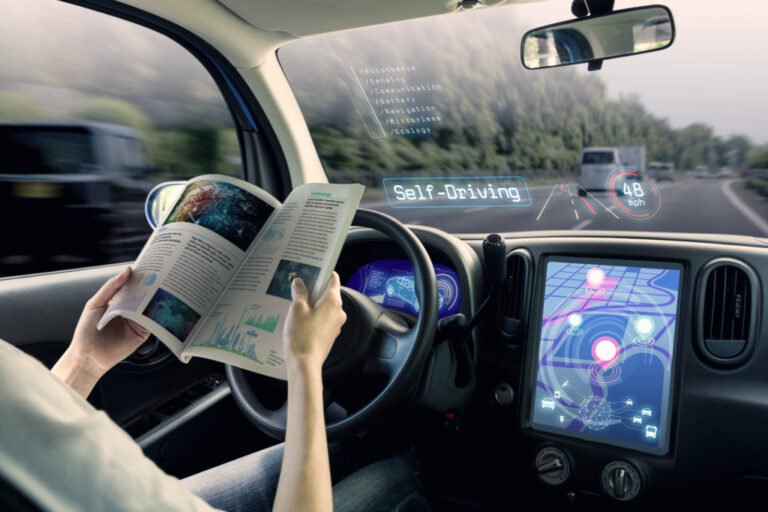Technology is changing how we drive, investigate crashes, and hold people responsible. For anyone working with a car accident attorney Tyler, this shift is impossible to ignore.
The Rise Of Dashcams In Local Crash Cases
Dashcams are now common in vehicles across East Texas. These small cameras record everything on the road, often from multiple angles. In legal cases, they provide real-time evidence that can help clarify what happened.
Dashcam footage can be a tie-breaker in collisions where drivers offer conflicting stories. It may show who ran the red light, failed to yield, or drove recklessly. Attorneys and insurance adjusters regularly request this footage as part of their investigations.
Some dashcams also record audio and GPS location, adding more context to a crash. For example, if a driver was speeding or distracted, this data can be used to support or challenge witness testimony. In court or during settlement negotiations, these video clips can be powerful tools.
Event Data Recorders: The Vehicle’s “Black Box”
Many vehicles now have Event Data Recorders (EDRs), also known as “black boxes.” These devices record technical information before and after a collision, including speed, braking patterns, and seatbelt use.
In East Texas, attorneys have started using EDR data to reconstruct crash scenes. If one driver claims they were stopped at the time of impact, but the data indicates otherwise, that can significantly impact fault determination. EDR data often becomes critical in severe crashes involving injuries or fatalities.
Accessing black box data requires specialized tools and, in some cases, court permission. However, it can confirm or contradict the drivers’ statements once obtained. This evidence is significant when there are no eyewitnesses.
Advanced Driver-Assistance Systems (ADAS) And Fault Clarity
Modern vehicles often have ADAS features like automatic emergency braking, lane departure warnings, and adaptive cruise control. These systems are designed to prevent accidents but also leave behind electronic fingerprints.
The performance of these systems is increasingly scrutinized in accident claims. Did the automatic braking system fail to engage? Was the lane departure warning ignored? These details can shift liability, especially when human error is combined with technology malfunction or misuse.
For example, if a driver has adaptive cruise control engaged and still rear-ends another car, lawyers may examine whether the system was functioning correctly. If it wasn’t, manufacturers could become part of the legal equation. If it was working but the driver was distracted, the fault likely rests with the driver.
Impacts On Insurance And Settlements
As this technology becomes more reliable, insurers are also relying on it. Claims adjusters utilize EDR and dashcam data to expedite investigations. If the data points to unexpected conclusions, this can lead to faster settlements and more contested claims.
Insurance companies also use tech data to assign fault percentages in comparative fault states like Texas. That means even partial blame, backed by tech evidence, could reduce the injured party’s compensation. Attorneys must now be fluent not just in law, but also in interpreting data.
This shift has raised the bar for evidence in East Texas crash cases. Eyewitnesses and photographs are no longer enough. The most compelling arguments often involve human testimony and complex electronic data.
Preparing Clients For A Tech-Driven Legal Landscape
For anyone involved in a crash today, preserving tech evidence is crucial. Drivers should save dashcam footage, avoid deleting car data, and document the technology involved in their vehicle. The earlier an attorney can access this information, the better.
Local legal teams in East Texas are adapting to this new reality. Some work with engineers or digital forensic specialists to interpret data from black boxes. Others use simulations based on ADAS performance logs to demonstrate how a crash unfolded.
Ultimately, these tools are helping courts and insurers make better-informed decisions. They reduce guesswork and expose inconsistencies in testimony. But they also require legal teams to be more tech-savvy than ever before.
Conclusion
Technology is transforming the investigation of crashes in East Texas. From dashcams to black boxes, the tools for proving fault have never been more precise. If you’re navigating a case involving a car accident, a car accident attorney Tyler familiar with vehicle technology can make all the difference.
